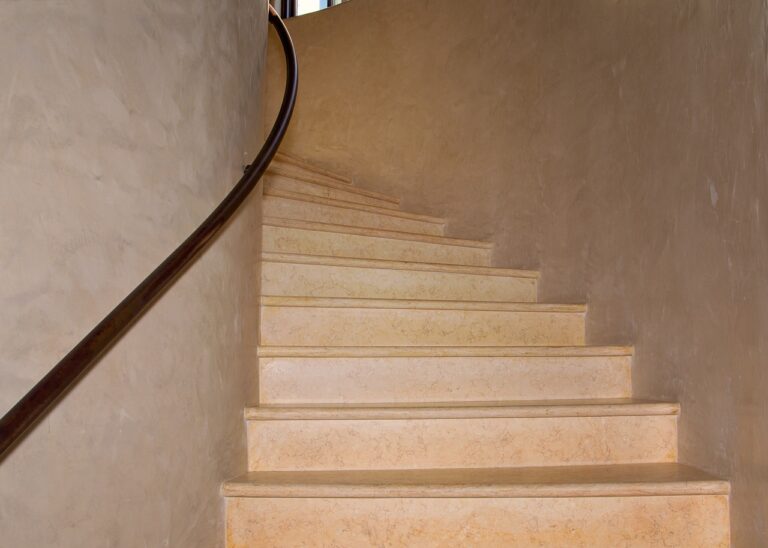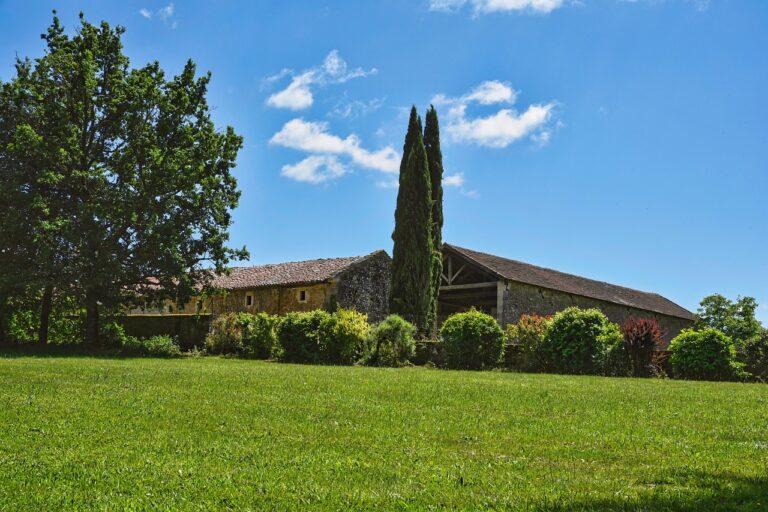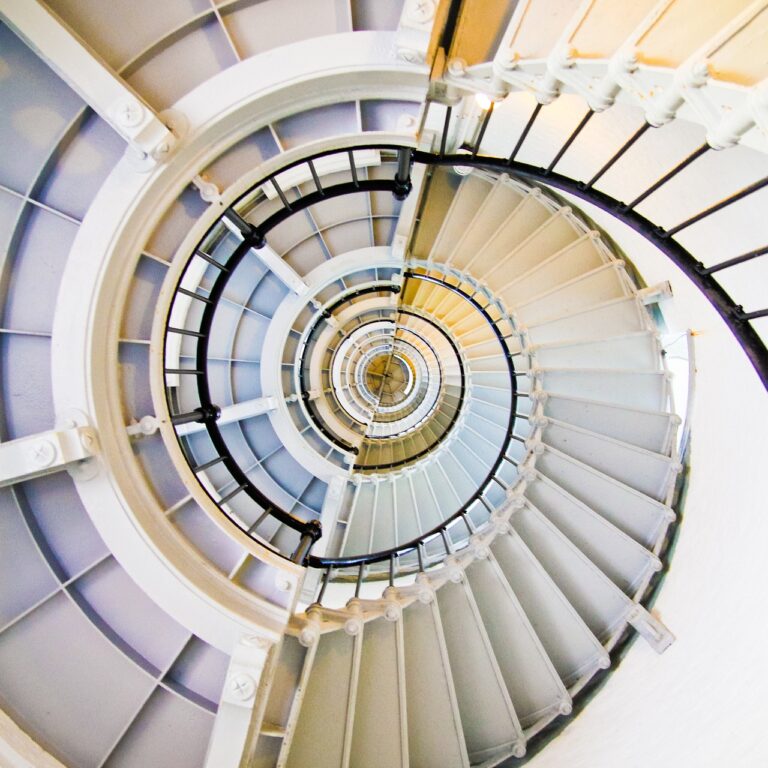Exploring Water Softener System Designs: Laser book 247, Silverexchange, 11xplay pro
laser book 247, silverexchange, 11xplay pro: Water softener systems are essential for households that experience hard water issues. Hard water contains high levels of minerals like calcium and magnesium, which can cause a variety of problems such as scale buildup in pipes and appliances, dry skin, and dull hair.
When it comes to choosing a water softener system, there are several designs to consider. Each design has its own pros and cons, so it’s important to explore them to determine which one is best for your home.
1. Salt-Based Water Softeners
Salt-based water softeners are the most common type of water softener system. They work by exchanging sodium ions for calcium and magnesium ions in the water, effectively softening it. These systems require the use of salt pellets to regenerate the resin beads that remove the minerals from the water. While effective, salt-based water softeners can be costly to operate and require regular maintenance.
2. Salt-Free Water Softeners
Salt-free water softeners use a different technology called template-assisted crystallization to prevent scale buildup in pipes and appliances. These systems do not remove minerals from the water but change their form, so they don’t adhere to surfaces. Salt-free water softeners are low maintenance and environmentally friendly, but they may not be as effective in highly hard water areas.
3. Dual Tank Water Softeners
Dual tank water softeners have two resin tanks that work alternately to soften water. When one tank is regenerating, the other tank continues to supply softened water, ensuring a continuous flow of soft water. These systems are ideal for households with high water demand and can ensure uninterrupted soft water supply.
4. Magnetic Water Softeners
Magnetic water softeners use magnetic fields to alter the structure of minerals in the water, preventing them from forming scale. While these systems are low maintenance and easy to install, they may not be as effective as traditional salt-based water softeners.
5. Reverse Osmosis Systems
Reverse osmosis systems are not technically water softeners but can effectively remove minerals from the water, including calcium and magnesium. These systems use a membrane to filter out impurities, providing clean and soft water for drinking and cooking. However, they can be costly to install and maintain.
6. Whole House Water Softeners
Whole house water softeners are designed to treat all the water entering your home, ensuring that every tap supplies soft water. These systems are convenient and provide consistent water quality throughout the house.
FAQs
Q: How do I know if I have hard water?
A: Signs of hard water include soap scum buildup, white spots on dishes and glassware, and dry skin and hair after showering.
Q: How often do I need to regenerate a salt-based water softener?
A: This depends on your water usage and water hardness levels, but most salt-based water softeners regenerate every 2-3 days.
Q: Are salt-free water softeners as effective as salt-based ones?
A: Salt-free water softeners can be effective in preventing scale buildup, but they may not provide the same level of water softness as salt-based systems.
Exploring different water softener system designs can help you find the best solution for your home. Consider your water usage, water hardness levels, and maintenance requirements to choose the right water softener system for your needs.







